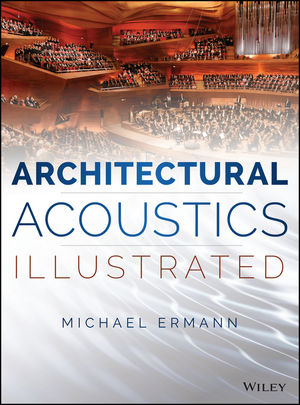Reference books and lists of top architectural works abound, but UCLA’s urban research group, the Now Institute, transforms the clichéd idea into a useful resource, thanks to a novel methodology.
The project got its start in an unusual way. About five years ago, a student presented her final thesis to UCLA professor and Morphosis founder Thom Mayne and a panel of jurors. Her concept sparked conversation among the gathering about the Japanese movement Metabolism and, specifically, Kisho Kurokawa’s 1972 Nakagin Capsule Tower. When asked about this connection, the student hadn’t heard of Kurokawa, his project, or the movement.
Mayne felt compelled to take action—particularly after colleagues ratified his sense that students don’t know history. The architect decided to create a book to help these future architects understand and recognize the most influential 20th-century buildings.
To generate the final list of 100 such buildings, the Now Institute, cofounded by Mayne and led by Morphosis principal Eui-Sung Yi, surveyed more than 40 well-known architects, many of whom teach, asking them for a list of significant buildings. Yi and his team then cross-referenced the submissions to see how frequently a building appeared and ranked them in order of the votes. All these working documents are included, revealing such tidbits as Mayne’s considering his own design for Diamond Ranch High School (No. 44) to be in the top 100. (Obviously, others agreed.)
Though a few traditional architects, such as Robert A.M. Stern and Leon Krier, participated, there are few surprises among the final selections by the mostly modern American, European, and Japanese respondents. Buildings, such as Le Corbusier and Pierre Jeanneret’s Villa Savoye (No. 1) or Foreign Office Architects’ Yokohama International Port Terminal (No. 100), are presented with three drawings, a compelling photo, and an informative description.
The published methodology and data make for a fun and fascinating read. But the book’s organization is perplexing, since buildings are ordered according to their rank: the book ricochets from decade to decade, country to country, making larger movements challenging to discern.
Destination Architecture, on the other hand, is intended as a handbook to 1,000 buildings constructed worldwide in the past 30 years, a compendium of those considered “most compelling” and worth visiting. Selected by editors at Phaidon, the traveler’s guide is ordered according to geographic region, with a series of maps—reminiscent of the publisher’s tome The Phaidon Atlas of Contemporary World Architecture, first issued in 2004. A single photo of each building is accompanied by a concise caption and a note marking the degree of public access.
However, it is not clear what qualifies or disqualifies a project. For instance, the tallest building in the world, Dubai’s Burj Khalifa, is missing. In the New York section, both the Museum of Modern Art expansion by Yoshio Taniguchi and Weiss/ Manfredi’s Brooklyn Botanic Garden Visitor Center are absent. That said, the guide spans 70 countries and gives architecturally inclined tourists suggestions of many worthwhile sites to visit.





